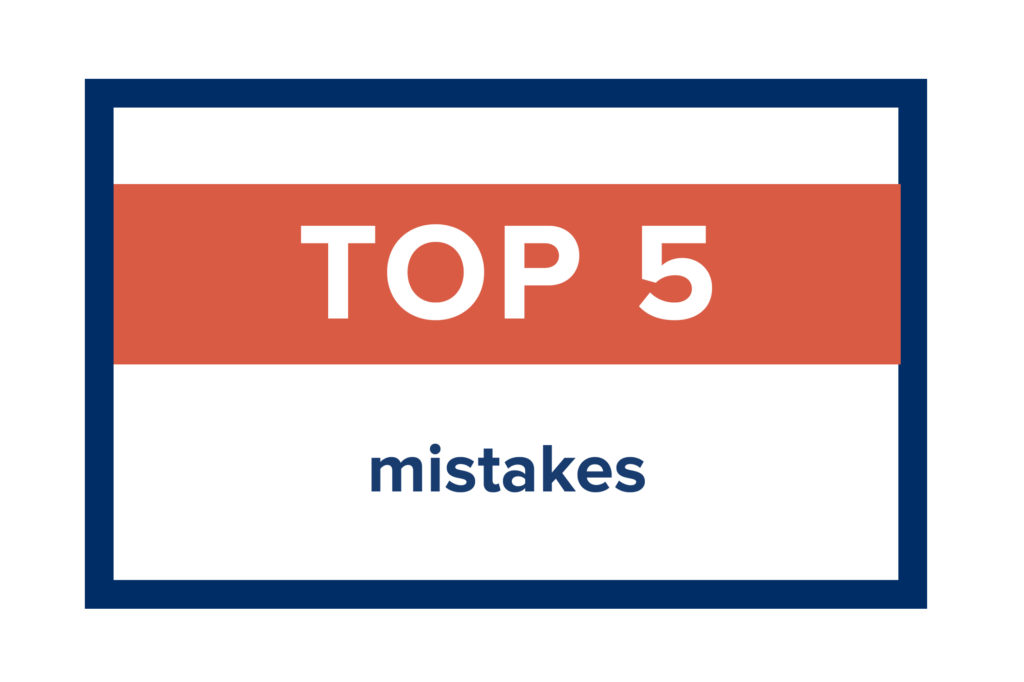The below piece was originally published as a guest post on Financial Wellness DVM.
Repaying student loans is stressful and complicated. For recent graduate veterinarians, high student loan balances coupled with starting salaries lower than their student debt total are the norm. Depending on the school you attended or the practice type and region where you’re working, your student debt to income ratio is often two or greater. Once your student debt to income ratio gets above one, traditional repayment plans and strategies are financially risky, inflexible, and often more costly.
The federal income-driven repayment plans (IBR, PAYE, REPAYE) provide significant relief, particularly for veterinarians getting started in their career. Generally speaking, the higher your student debt balance or student debt to income ratio, the more beneficial income-driven repayment will be. However, complicated requirements, ill-informed advice, bad press, and a poor understanding of the plans often leads borrowers to pay more towards their student loans than the income-driven repayment plans require.
Here are the top five mistakes I see veterinarians with student loans making with their student loans and suggestions for correcting those mistakes:
1. Choosing the wrong income-driven repayment plan
There are several types of income-driven repayment options: income-contingent repayment (ICR), two versions of income-based repayment (IBR), Pay as you Earn (PAYE), and Revised PAYE (REPAYE). Matching the most optimal plan to your situation is one of the hardest decisions to navigate.
For those seeking lower monthly student loan payments, they understandably ask their student loan servicers for advice. Loan servicers are not financial planners, nor are they familiar with the income situations commonly seen for veterinarians and the options that might work best for your situation. Quite frankly, they are not very informed on the student loan repayment rules either. Unfortunately, that means borrowers need to be their own best advocate, which includes knowing your student loans and repayment options. The cost differences among repayment plans can be hundreds of thousands of dollars when you carry a veterinary school-sized debt balance.
For those with a student debt to income ratio greater than 1, and for those with starting federal student loan balances less than $350,000, PAYE will be the most flexible and financially beneficial income-driven repayment plan. If you qualify for PAYE, there is almost never a reason to choose IBR over PAYE. However, if you do not qualify for PAYE, choosing between IBR and REPAYE will depend on the specifics of your circumstances as well as your best guess of future changes to your situation. When your student debt balance is above $350,000 or when your student debt to income ratio is near or less than one, sometimes REPAYE can be a more beneficial plan than PAYE.
The VIN Foundation Student Debt Center can help you understand your student loans, repayment options, as well as compare IBR, PAYE and REPAYE. Spend some time researching the most financially beneficial plan to get started. While it is possible to switch repayment plans later, there are consequences to switching that can add to your stress and total repayment costs.
2. Not planning for the tax liability incurred by student loan forgiveness under income-driven repayment
For many veterinarians, the minimum monthly student loan payment due based on their income does not cover the interest accrued each month. This negative amortization results in an increasing student loan balance over time. After making monthly income-driven payments for the maximum allowed time frame, any remaining student debt balance is forgiven.
Forgiven student debt is treated as income by the IRS. You will report the balance forgiven on your tax return after you receive a 1099-C for the amount canceled. Your tax liability will depend on your total income and the federal (and any state) income tax rates the year forgiveness occurs.
Use the VIN Foundation Student Loan Repayment Simulator and Forgiveness Planning Module to project your anticipated tax liability and plan accordingly. If you anticipate a forgiven balance, then use the 20-25 year repayment time frame to also save enough to cover the anticipated tax. Use that time and the power of compound interest to your advantage to lower your total loan repayment costs further.
3. Paying more than the minimum while using income-driven repayment
Veterinarians using income-driven repayment do so because it results in the most beneficial monthly student loan payment for their situation. However, many are also paying more than the minimum payment required. Voluntarily paying more than the minimum reduces the benefit of using income-driven repayment.
If you anticipate having a balance forgiven, paying more than the minimum determined by your income will voluntarily increase your total loan repayment costs. The most financially beneficial income-driven repayment plan strategy for those projected to reach student loan forgiveness is to pay the minimum and plan for the tax due on canceled student loan balances.
4. Failing to renew income documentation each year while using income-driven repayment
In order to have your payment based on your income, you must provide income-documentation and re-certify annually. Submit your renewal information on-time and check with your loan servicer that the documentation has been received and processed each year.
If your annual documentation is not submitted, not complete, or not processed on-time, your payment will revert to the standard 10-year monthly payment due when you started repayment. Additionally, any unpaid interest balance will capitalize (gets added to your principal balance).
Interest capitalization increases your principal. Higher principal results in more interest accrual. More interest equals higher total repayment costs, even with student loan forgiveness. Renew on-time to prevent unpaid interest capitalization and to reduce your total loan repayment costs.
5. Utilizing deferment/forbearance during periods of low or zero taxable income
It seems almost reflexive to use deferment/forbearance when your income is low or decreases. For veterinarians, this occurs most commonly during internship or residency training, job moves, or maternity leave. During deferment/forbearance, you continue to accrue interest on the majority of your loans. When you exit the deferment/forbearance period, that interest is capitalized.
Alternatively, when your income decreases for any reason utilize income-driven repayment. You can have your payment adjusted downward to reflect the decrease to your income. If you’re already using income-driven repayment and your income decreases prior to your annual renewal due date, you can submit early to have your monthly payment recalculated.
Interest will still accrue on your student loans while your payment is lower or zero while using income-driven repayment. However, once your income increases again and your income-driven payment reflects the increase, your unpaid interest will not capitalize. The additional interest accrued while your payment is lower will remain unpaid interest. Unpaid interest does not accrue additional interest which can greatly reduce your total student loan repayment costs.
Financial resources are limited. Make the most of your earnings by not paying more than your income requires towards your federal student loans. Using income-driven repayment can help you free up monthly cash flow so you can meet your other financial goals like paying down credit card debt, saving for retirement, building an emergency fund, saving for a down payment on a home or practice, starting a family, or enjoying life. While the rules and administration of income-driven repayment are complex and stressful, knowing how to navigate your options can help you improve your financial situation. Lean on the resources available for free on the VIN Foundation Student Debt Center, ask questions, and be confident that you’re on the right student loan repayment path for you and your family.
View the originally published guest post on Financial Wellness DVM

Tony Bartels, DVM, MBA
Dr. Tony Bartels graduated in 2012 from the Colorado State University combined MBA/DVM program and is an employee of the Veterinary Information Network (VIN) and a VIN Foundation Board member. He and his wife have more than $400,000 in veterinary-school debt that they manage using federal income-driven repayment plans. By necessity (and now obsession), his professional activities include researching and speaking on veterinary-student debt, providing guidance to colleagues on loan-repayment strategies and contributing to VIN Foundation initiatives.

